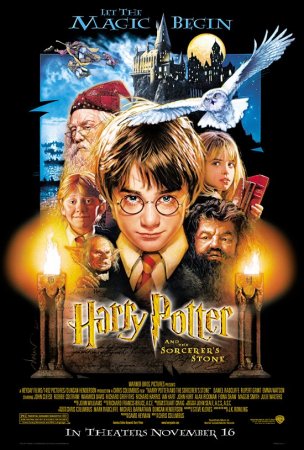 Although I never understood the mania around Harry Potter’s movies, I was a devoted reader of the young magician’s adventures until the fourth book. A friend once gave me a surprising explanation about why Harry Potter is so incredibly successful: when children start reading the first book, they are generally around the same age as Harry and can identify with him. He grows older as the reader does, sharing the same problems; although he lives in a more fantastic world with magic and excitement, he still deals with typical problems sometimes.
Although I never understood the mania around Harry Potter’s movies, I was a devoted reader of the young magician’s adventures until the fourth book. A friend once gave me a surprising explanation about why Harry Potter is so incredibly successful: when children start reading the first book, they are generally around the same age as Harry and can identify with him. He grows older as the reader does, sharing the same problems; although he lives in a more fantastic world with magic and excitement, he still deals with typical problems sometimes.Before coming across the Harry Potter books, I had a Lords of the Rings phase that I still remember vividly, but my travels to middle earth were limited compared to the thoughts I gave Hogwarts. And although the fantasy genre has fans of all ages, it seems that children are especially attracted to fantasy worlds and mythical creatures.
The discussion whether such publications as Harry Potter or Narnia have a negative impact (or any impact at all) on children’s development appears in the media regularly. It is hard to deny that the Brothers Grimm stories do have a cruel undertone, enough to even cause nightmares. Experts have discovered that fantasy is neither therapeutic nor helps to solve their problems or symbolizes an escape. Parents might also fear that their kids stick with their imaginary friends for a lifetime or can’t separate fantasy from reality.
Various researches showed that children are indeed influenced by the media they experience but are perfectly capable of differentiating between reality and fantasy. The results also contradicted the widely spread argument that media kills the imagination because it anticipates the process of picturing. In an experiment, children were asked to daydream and then explain their adventure – experts could trace media influence in 55 percent of the descriptions.
A Slate article asks the question: why do children repeatedly choose the unreal over the real? The article espouses that with their imaginative adventures, kids are comparable to scientists because they are in a process of discovering during their fantasy journeys. Their worlds aren’t constricted by all the limited possibilities in an adult’s world.



